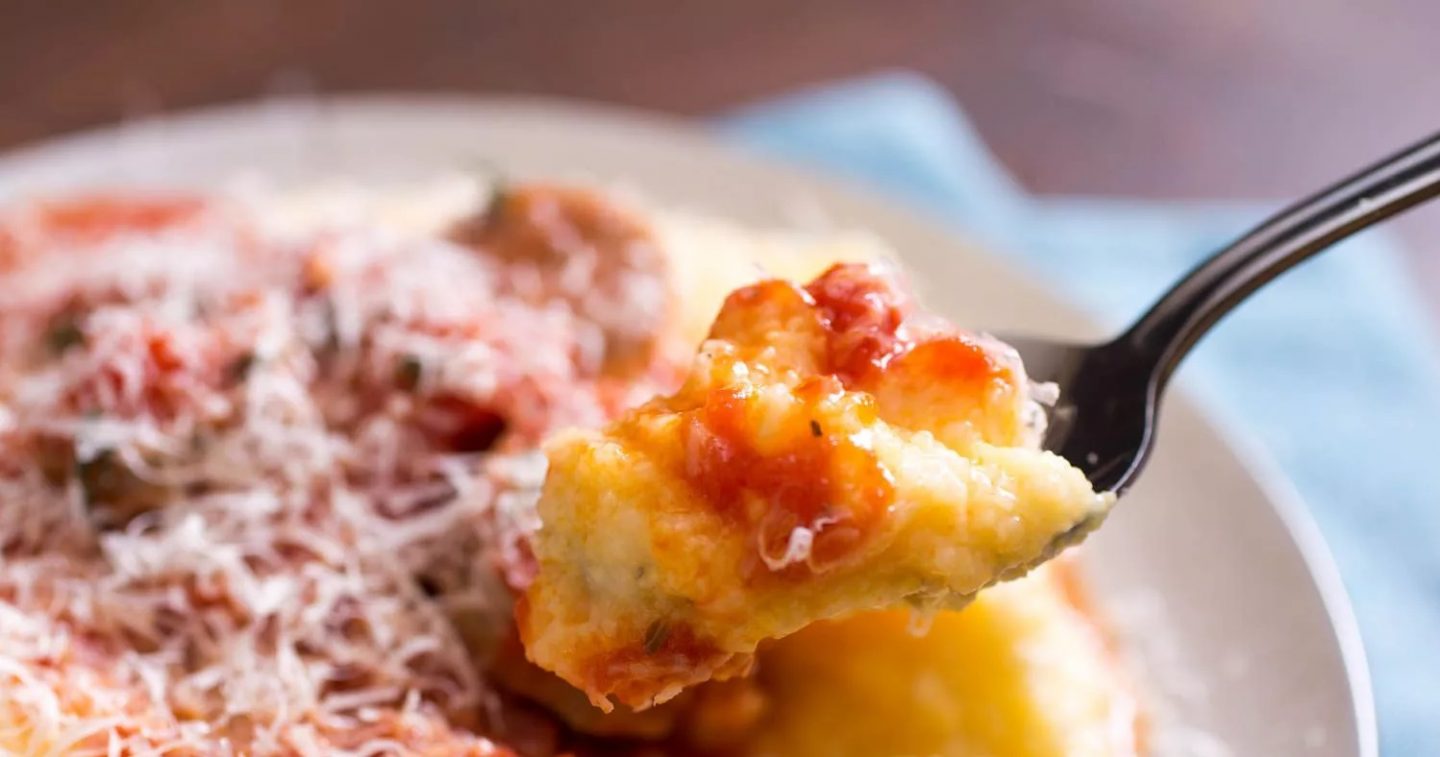A definitive guide—and some myth debunking—to making the best possible polenta at home.
:max_bytes(150000):strip_icc():format(webp)/__opt__aboutcom__coeus__resources__content_migration__serious_eats__seriouseats.com__recipes__images__2015__05__20150501-polenta-vicky-wasik-5-018e7507df9940f9b1d9cd0b5f67339b.jpg)
by Daniel Gritzer for Serious Eats – There are a lot of rules people say you need to follow to make polenta, like using a wooden spoon, stirring in only one direction, adding the polenta to boiling water, and stirring constantly. And yet, of all the things worth knowing about how to cook great polenta, those might be some of the least important (and, frankly, partially incorrect) lessons.
Forget those. What’s really important is using the right ratio of liquid to cornmeal and allowing the cornmeal to properly hydrate.
The Real Rules of Making Polenta
So, what is important when you’re making polenta? Let’s take a look.
The Liquid
Perhaps the biggest decision, aside from the exact type of cornmeal itself, is what type of liquid you’re going to use for the polenta. Years ago, when I worked for the Tuscan chef Cesare Casella, I spent a week or so cooking with his mom. One day I asked her about making polenta with milk, and she looked at me in complete horror. No, no, no, she told me, you don’t make polenta with milk, ever—you use water!
Not being as bound to tradition as she is, I don’t necessarily agree that water is the only acceptable choice for polenta. Milk, for instance, makes an incredibly rich and creamy polenta that’s a lot more of an indulgence all on its own, while chicken stock infuses the polenta with much more flavor. They’re both perfectly good options, depending on what you want.
Still, while I like polenta made with either milk or stock, water is my personal favorite. First, because it creates a more neutral polenta that allows the corn flavor to shine through.
:max_bytes(150000):strip_icc():format(webp)/__opt__aboutcom__coeus__resources__content_migration__serious_eats__seriouseats.com__images__2015__12__20150501-br-polenta-vicky-wasik-8-9f7f82ab399b42368133a03c276a16c4.jpg)
Second, polenta made with milk can often be too rich. It reminds me of another experience I had while working for Cesare. At the time, he had a very talented cook working as his chef de cuisine, who had a tendency to load just about everything with cream, cheese, and other heavy ingredients. One night, Cesare took me outside and said, “Look, that guy is a very good cook, but he’s not thinking about an important part of cooking: Food can’t just be judged by how it tastes in your mouth; you also have to consider how it leaves you feeling once you’re done eating. Delicious food that makes you ill isn’t necessarily good food.”
I think about that lesson a lot with things like polenta. Sure, you can load it with milk (and then, often, finish it with butter and tons of cheese). It will taste good, but it’ll also leave you feeling pretty gross afterward. More often than not, I opt for water instead, which, when the polenta is cooked right, still leads to incredibly creamy (but less heavy) results.
The Polenta Ratio
Once you’ve picked up your polenta and decided on a liquid, the next question is what ratio to use. I’ve seen far too many recipes that mess this up, so here’s what you need to know: Any recipe that uses less than four parts water to one part polenta by volume should be approached with extreme caution. I have yet to see such a low ratio produce good results, unless it’s with instant or quick polenta. Frankly, depending on the grind of the cornmeal, even a 4:1 ratio can be too low; I almost always use a ratio of five parts water to one part polenta by volume.
The problem with using less liquid than that is that it almost invariably fails to fully hydrate the cornmeal: Your polenta may thicken faster and appear to be done sooner, but the little bits of dried corn will retain an unpleasant crunch. In essence, too little water makes polenta that’s undercooked and gritty.
Using more liquid does extend the cooking time, but I like to think of it as the proper cooking time, not a long cooking time.
The Cooking Time and How to Shorten It
So, if we’re using a proper ratio of liquid to cornmeal, the next question is how long to cook it. This is another area that a lot of people get wrong all too often, serving the polenta while it’s still very runny. Of course, there’s space for personal preference, and if you want a runny polenta, I won’t argue. But I’d like to share one more story about my time working for Cesare that may change how you think about it.
One day, I was cooking some polenta at his restaurant, and I pulled it from the fire a little too soon. Cesare walked over, lifted a spoonful of polenta from the pot, then tipped it so the polenta flowed off the spoon in a thick stream back into the pot. “You want your polenta to look like snot?” he asked me. No, I realized, I do not. I’ll never look at runny polenta the same way again.
So what is a good texture? As Max put it one day, when he ate some of the polenta I was making in the office, “It’s like soft-scrambled eggs.”
:max_bytes(150000):strip_icc():format(webp)/__opt__aboutcom__coeus__resources__content_migration__serious_eats__seriouseats.com__2019__01__20150501-polenta-vicky-wasik-9-1500x1125-7531aaf26a7c4f91b030cfd32d81e81e.jpg)
He’s exactly right. For me, the best polenta texture in most circumstances is soft and moist, spreadable, spoonable and creamy, and just barely flowing.


